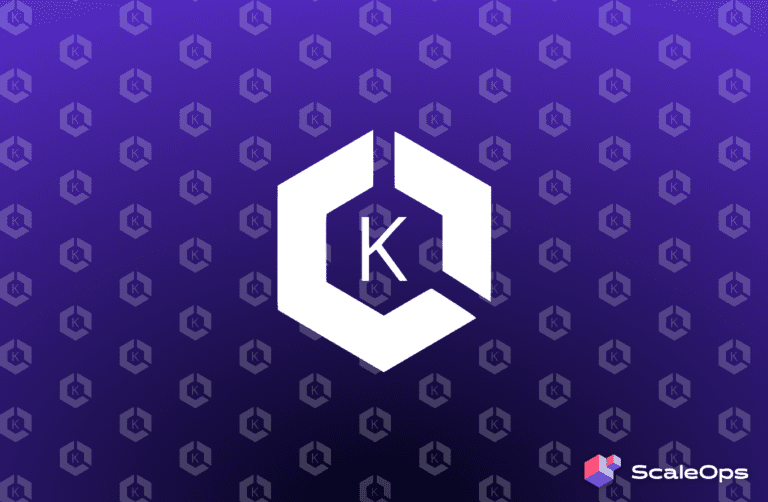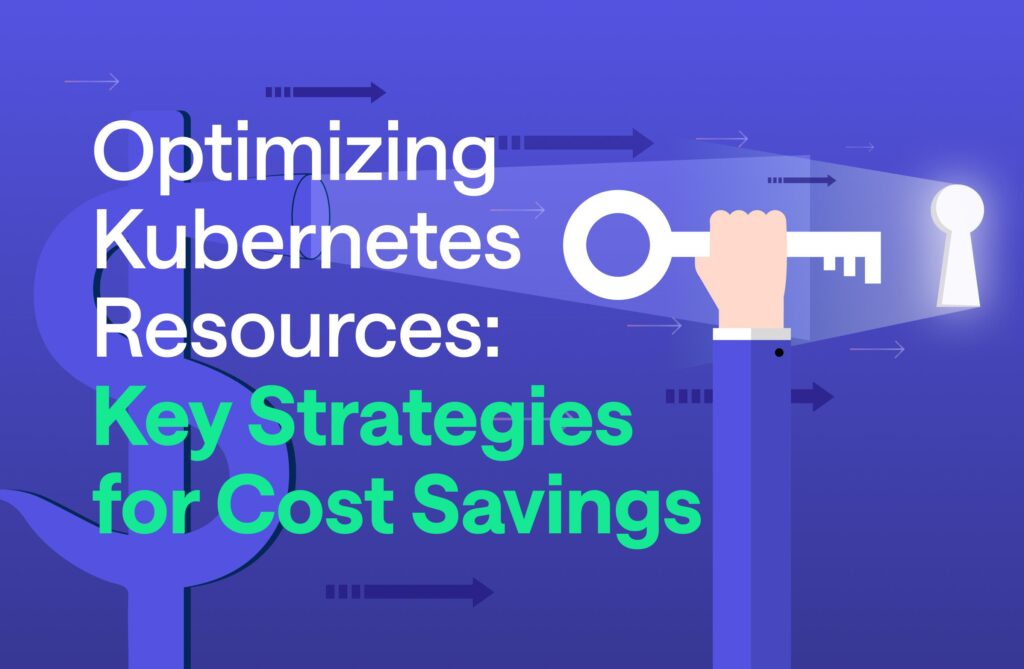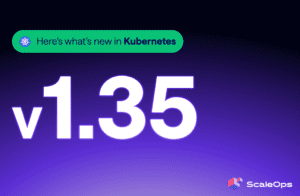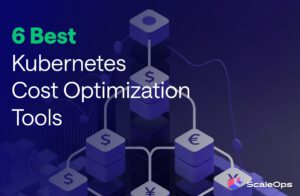Kubernetes is hailed for its scalability and flexibility, but managing its resources effectively can be a challenge that results in unnecessary costs. As cloud-based applications scale, organizations often overlook hidden inefficiencies that waste resources, leading to inflated bills. This blog post highlights best practices for optimizing Kubernetes resources to ensure cost efficiency.
The Hidden Cost of Mismanaged Kubernetes Resources
At first glance, Kubernetes appears to automate much of the resource management process. However, ineffective configurations like improper CPU requests, unused nodes, and non-evictable pods can silently inflate cloud costs. Organizations often find their Kubernetes clusters consuming far more resources than necessary, and addressing these inefficiencies can lead to significant savings.
ScaleOps offers a streamlined solution to these issues, using automated resource management to eliminate inefficiencies. By leveraging automation and continuous pod right sizing, ScaleOps optimizes cluster performance, reducing overall costs. Below, we explore strategies to tackle common cost savings opportunities and scenarios.
Set Appropriate CPU and Memory Requests
One of the main causes of overspending is setting CPU and memory requests too high. Applications rarely need their peak resource allocation continuously, but setting high requests ensures resources are reserved, leading to underutilized nodes.
ScaleOps Solution: With ScaleOps, you can automate the right sizing of resource requests of your pods based on real-time application needs. This avoids the static configurations that often lead to costly overprovisioning and underperforming workloads.
Pro Tip: Use tools like Horizontal Pod Autoscaler (HPA) in conjunction with ScaleOps to automatically adjust the number of pod replicas based on resource utilization thresholds in order to horizontally scale your workloads.
Prevent Resource Drain from Non-Evictable Pods
Kubernetes often has pods that are set to be non-evictable, either due to strict Pod Disruption Budget settings or annotations like safe-to-evict: false. While this protects certain applications, it creates fragmented node usage and reduces scaling efficiency, driving up operational costs.
ScaleOps Insight: Use ScaleOps to automate these workloads and optimize non-évitable pod placements, allowing the Cluster Autoscaler to function optimally.
Pro Tip: Consider relaxing anti-affinity rules or replacing them with soft anti-affinity settings when possible. This gives the Kubernetes scheduler more flexibility to bin-pack efficiently.
Identify and Eliminate Idle Resources
Idle resources like uninitialized nodes, pods in CrashLoopBackOff states, or stuck in image pull errors are common culprits of Kubernetes resource wastage. These silent inefficiencies lead to unnecessarily high cloud bills because they occupy resources without doing any productive work.
ScaleOps Solution: ScaleOps continuously monitors cluster activity to identify pods and nodes that aren’t actively contributing to the workload. The platform automates the scaling down or termination of these idle resources.
Pro Tip: Regular audits of pod statuses and image pull configurations can help identify where resources are being drained. ScaleOps makes it easy to locate and track these workloads.
Optimize Sidecars and Init Containers
Unoptimized sidecars and init containers are another overlooked source of resource waste. These containers often have inflated resource requests that do not reflect their actual needs.
Over time, this leads to less efficient bin-packing and increased cloud costs.
ScaleOps Insight: ScaleOps automates the resource requests for sidecars and init containers based on actual usage data. This ensures that these auxiliary containers consume only the resources they need.
Pro Tip: Keep init containers lean by assigning them the minimal necessary resources to complete their tasks. Use resource limits to ensure they do not exceed their bounds during pod initialization.
Conclusion
Optimizing Kubernetes resources for cost savings requires continuous monitoring, smart configurations, and automation. Mismanagement of CPU, memory, and pod settings can inflate cloud costs, but by leveraging a platform like ScaleOps, DevOps teams can automate much of the tedious work of resource tuning. The result? Efficient, scalable, and cost-effective Kubernetes environments.
ScaleOps provides an all-in-one solution for optimizing resource requests, managing autoscaling, and preventing costly inefficiencies in your Kubernetes infrastructure.
Ready to start optimizing? Try ScaleOps and see how you can transform your Kubernetes resource management strategy.























